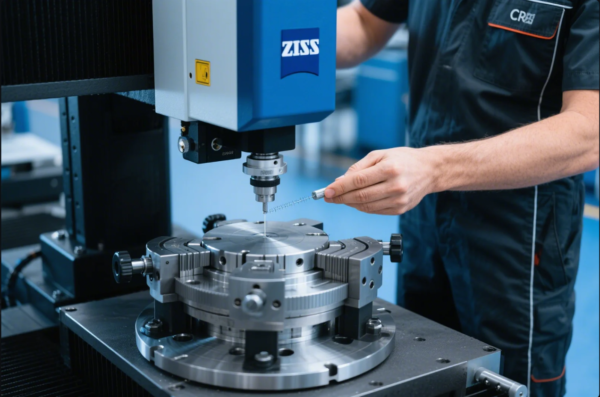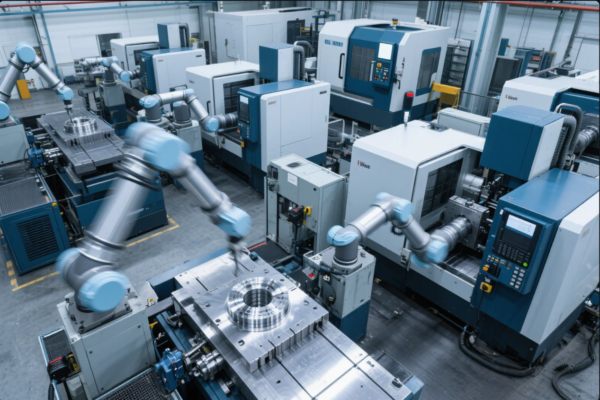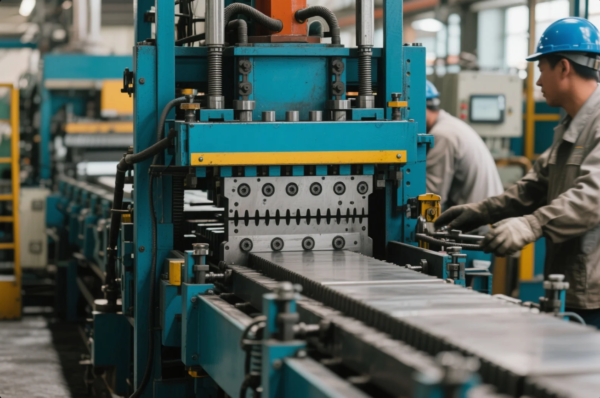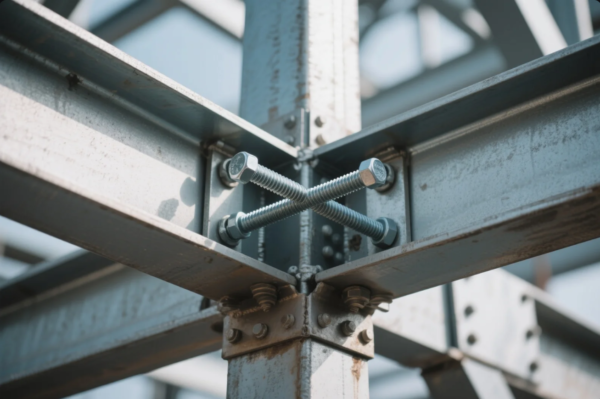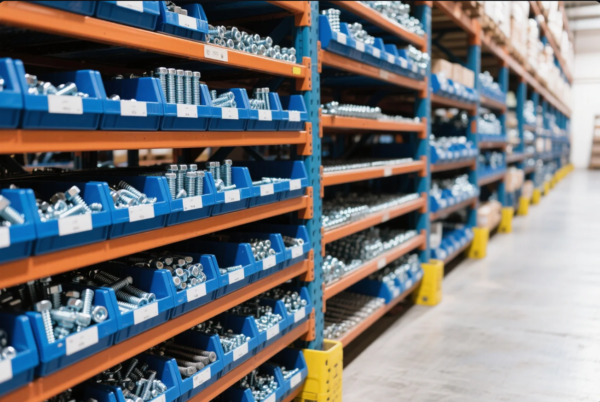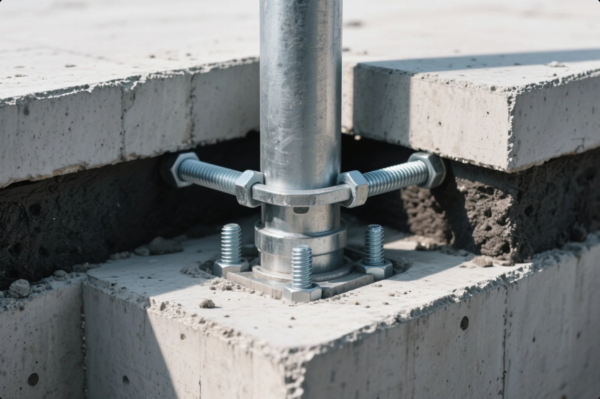What Is the Only Way to Forge Steel?
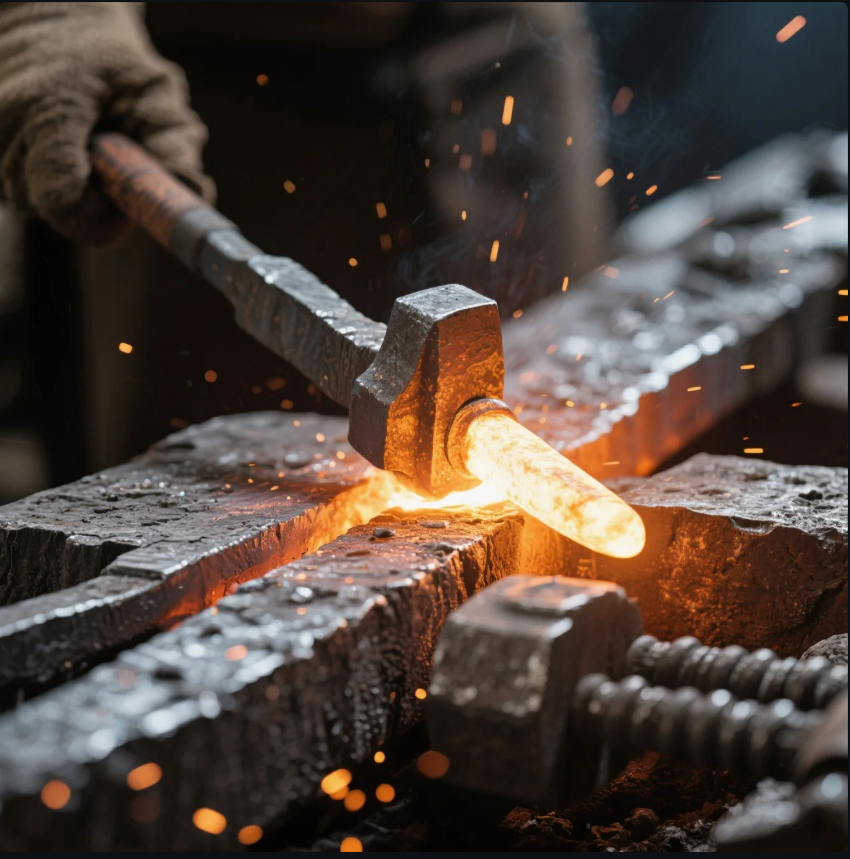
Forging steel is a process that has been around for centuries, and it is essential in creating strong and durable components used in a variety of industries, from tool-making to construction. But what exactly is the best way to forge steel? While modern methods offer advanced tools and techniques, the basic principle of forging steel has remained the same. In this article, we’ll explore the process of forging steel, how ancient blacksmiths made steel, and whether a propane torch or wood can be used for forging.
Snippet paragraph: Forging steel involves heating it to a high temperature and shaping it using tools like hammers and anvils. Ancient methods used simple forges, while modern blacksmiths use more efficient equipment.
Let’s take a closer look at the process and techniques involved in forging steel.
How Do You Forge Steel?
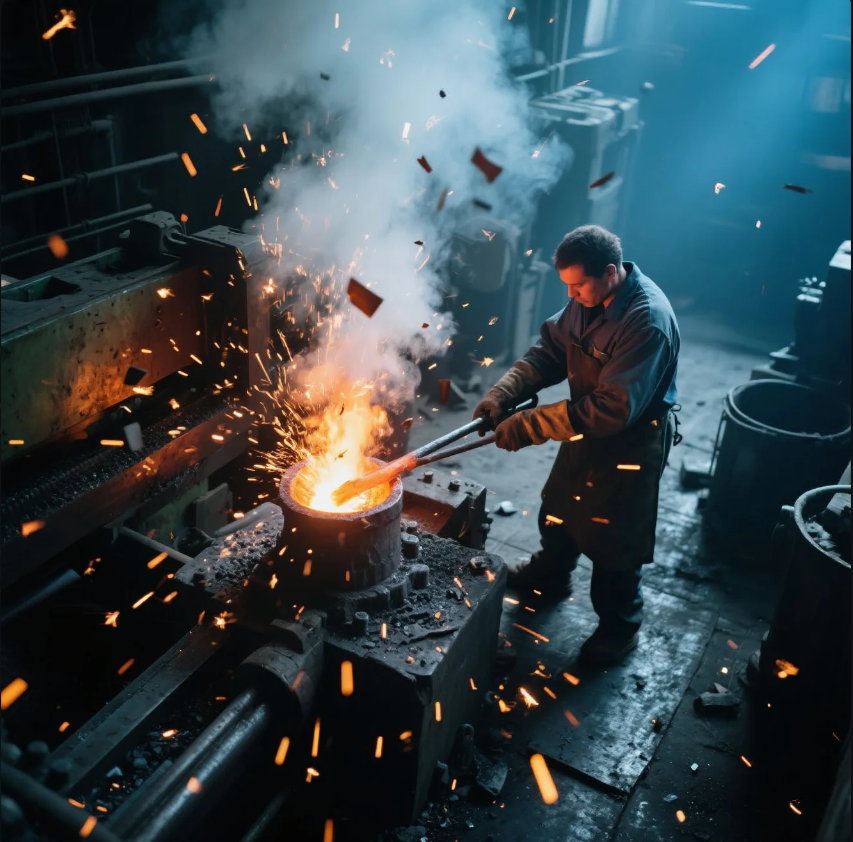
Forging steel involves heating the metal to a temperature where it becomes malleable and can be shaped using tools like hammers, presses, or anvils. The key to forging is the high heat applied to the steel, which makes it soft enough to shape without losing its strength.
Basic Steps to Forge Steel:
- Heat the Steel: First, the steel is heated to a specific temperature, typically between 1,300°F and 2,200°F (700°C to 1,200°C), depending on the type of steel being used.
- Shape the Steel: Once heated, the steel is placed on an anvil, and a hammer or press is used to shape the metal. This process can involve drawing out the metal to elongate it, bending, or even punching holes into the material.
- Cool and Quench: After shaping, the steel is often quenched (rapidly cooled in water or oil) to harden the surface and lock in the desired shape.
Forging steel improves its grain structure, resulting in a stronger and more durable material compared to cast or unworked steel.
How Did Ancient Blacksmiths Make Steel?
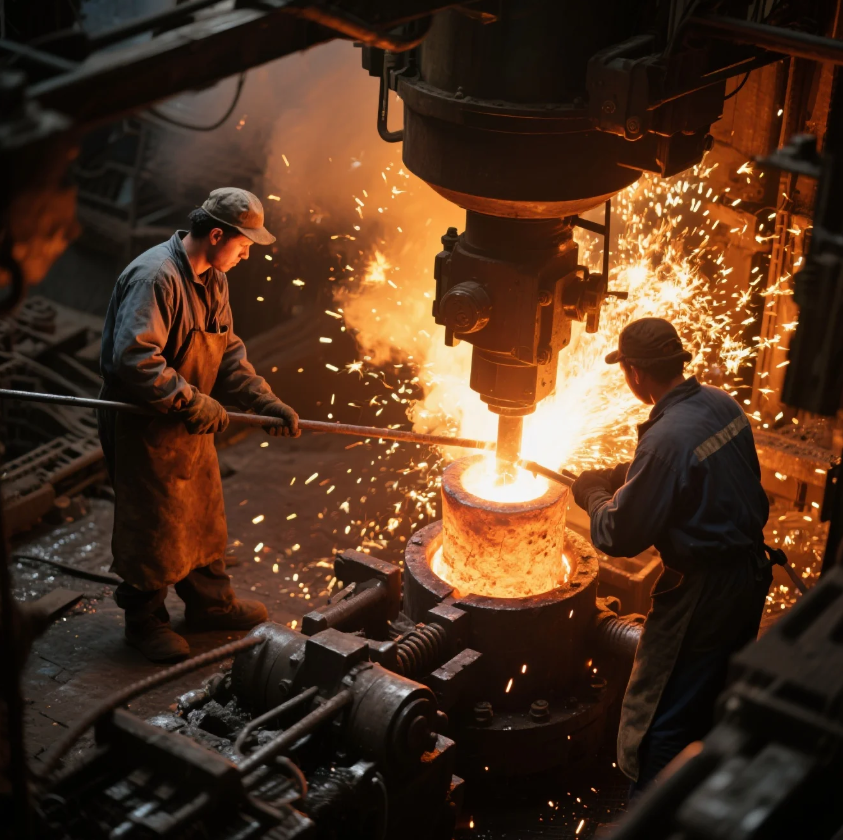
Ancient blacksmiths had to rely on simple yet effective methods to create steel from raw iron. Unlike today’s sophisticated equipment, ancient blacksmiths used a combination of charcoal, bloomery furnaces, and manual labor to forge steel.
Ancient Steelmaking Process:
- Smelting Iron Ore: Ancient blacksmiths used bloomery furnaces to heat iron ore and charcoal. The heat from the charcoal would reduce the iron ore to produce a spongy mass called a bloom.
- Hammering the Bloom: The bloom, which was a mixture of iron and slag, would then be hammered to remove impurities and compact the iron, forming a more solid piece.
- Carbonizing the Iron: To create steel, blacksmiths would heat the iron to a high temperature and expose it to carbon from the charcoal. This would increase the carbon content in the metal, turning it into steel.
- Forging the Steel: Once the steel was created, it was heated again and shaped using hammers and anvils to make weapons, tools, and other implements.
The process of creating steel from iron was time-consuming and required skill, but it allowed ancient blacksmiths to produce some of the earliest forms of steel used in weapons and tools.
Can You Forge Steel with Wood?
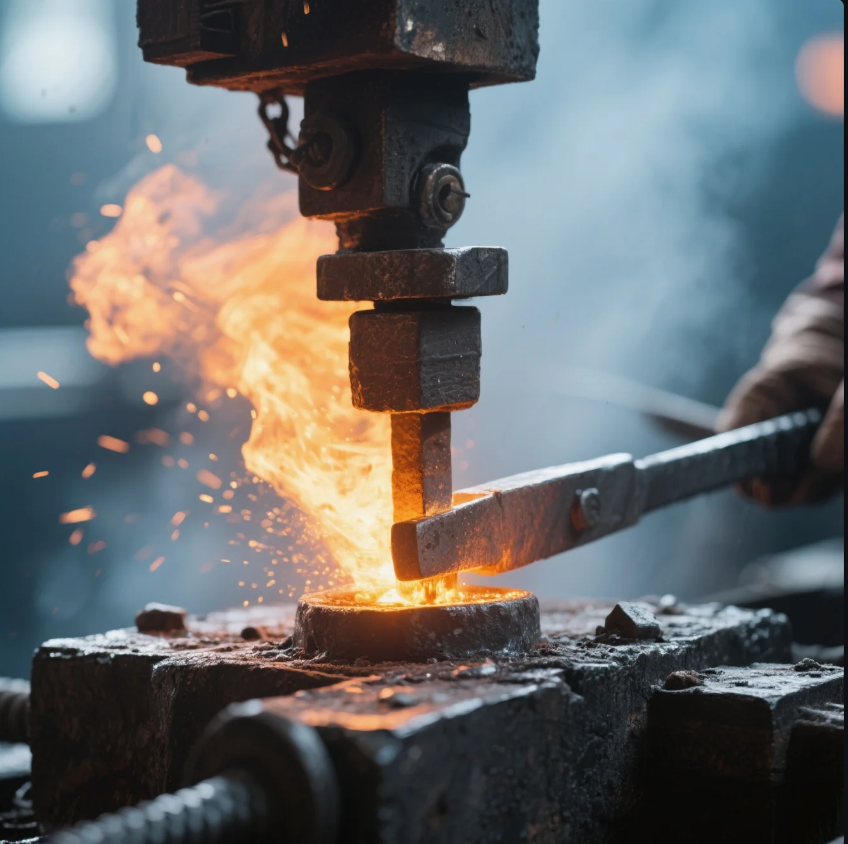
While wood itself cannot be used to forge steel directly, charcoal, which is made from wood, has historically been used as a fuel in forges. Charcoal burns at a high temperature and was essential for heating iron and steel during the forging process.
Using Wood for Forging:
- Charcoal as Fuel: In ancient times, blacksmiths used charcoal (which is made by burning wood in the absence of oxygen) as a source of heat. This allowed them to achieve the high temperatures needed to forge steel.
- Not for Shaping Steel: While wood itself cannot be used to directly shape or forge steel, it played a critical role in producing the heat necessary for the forging process.
Today, blacksmiths use modern forges that typically run on propane or coal, but charcoal still plays a role in more traditional setups.
Can You Forge Steel with a Propane Torch?
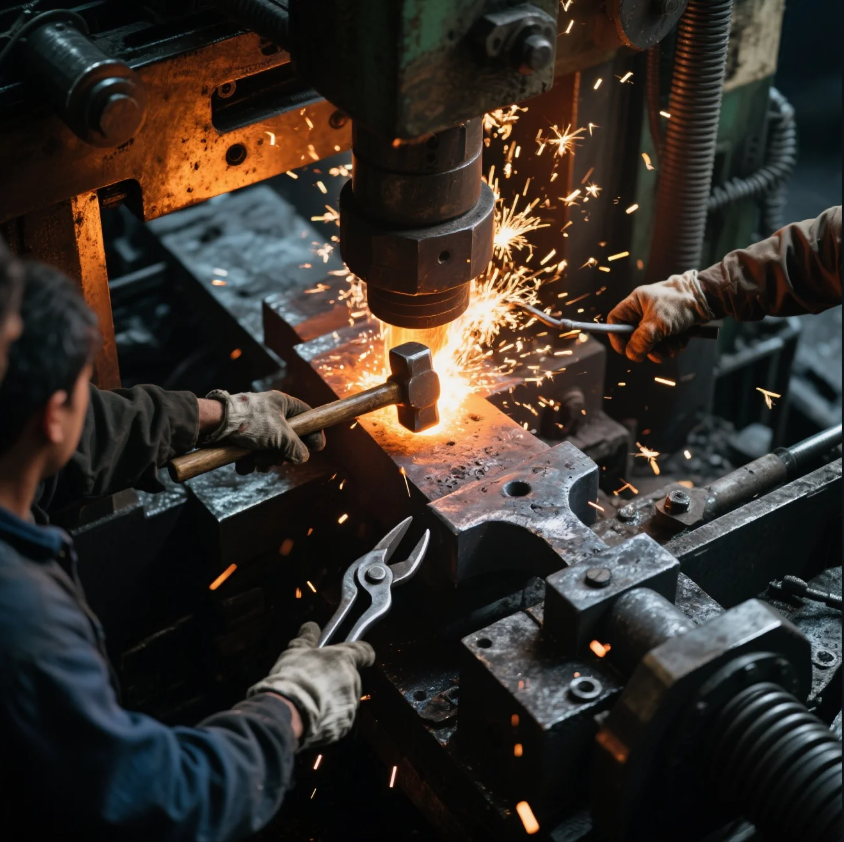
Yes, you can forge steel with a propane torch, but it is more commonly used for small-scale projects or precision heating. A propane torch can heat a localized area of steel, making it possible to heat-treat or shape smaller items like blades or tools.
Using a Propane Torch for Forging:
- Localized Heating: A propane torch is ideal for heating smaller areas of steel for precision tasks, such as knife making, jewelry forging, or repair work.
- Not for Large Items: While a propane torch can heat steel to the necessary temperatures (around 1,500°F or higher), it is not suitable for forging larger items or creating complex shapes, as the heat is more focused and localized.
- Supplementary Tool: Propane torches are often used alongside a propane forge to provide additional heat to specific parts of the steel or to fine-tune the temperature.
While a propane torch is great for smaller projects and localized heat, a full-size forge is needed for larger-scale forging tasks, where consistent heat is essential.
Conclusion
The only way to forge steel is to heat it to the appropriate temperature and apply controlled pressure to shape it. Charcoal has historically been used for heating steel, especially in ancient blacksmithing processes. Propane torches can also be used for smaller, precise forging tasks, but a full-sized forge is generally necessary for larger projects. The process of forging steel has evolved over time, from ancient bloomery furnaces to modern propane forges, but the basic principles of heating and shaping metal remain the same. For high-quality forging services or expert advice on steel forging, contact Prime today for more information and a custom quote.

